Make Your Own Organic Holi Colours At Home
This Holi, make your own organic colours at home and enjoy a safe and vibrant festival of colours. Happy Holi in advance!
Holi, the festival of colours is just around the corner. Did you know that in ancient days bright seasonal flowers were used to make Holi colours, celebrating nature in the truest and organic way? Then synthetic and chemically processed colours started gaining popularity, bringing in an array of health issues ranging from minor allergies to temporary blindness and skin cancer. Synthetic Holi colours are not environment-friendly and are highly structured polymers that are hard to decompose biologically. Now that natural colours are making a comeback, here’s how you can prepare natural Holi colours at home that don’t take more than 10 days to prepare for a safe and organic Holi.
DIY tips on making homemade Holi colors
If you are a garden lover and a flower plant parent, you have an added advantage in making these colours. Most of these organic colours are made of flowers and common kitchen ingredients.
Red: Red hibiscus flowers are widely found in Indian home gardens. Dry some of them until crisp and use a grinder to make a fine powder out of the petals. You can also use red sandalwood to get red dry colour. Add rice flour in equal quantities to increase the volume of the powder. For the wet red colour, boil peels of pomegranate in water.
Yellow: For bright yellow herbal gulal, blend turmeric powder with gram flour in a 1:2 ratio. Or you may try hand mixing 200gm arrowroot powder, 100gm haldi, 50gm marigold flowers, 20gm orange peel powder (finely powdered) and 20 drops of essential oil of lemon or sandalwood by gently rubbing them together. Your organic and fragrant yellow gulal will be ready in no time. For wet yellow colour, crush yellow marigold or yellow chrysanthemums and mix them with water.
Green: Green-coloured gulal could be obtained from henna or Mehendi powder. For wet green colour, spinach and coriander leaves are popular choices. All you need to do is make a paste using spinach or coriander leaves, mix that with water and play. Henna powder could also be mixed with water or oil for liquid green colour but it may leave a stain on the skin.
Magenta: For wet magenta colour, soak sliced beetroots in water, boil the mixture and leave it overnight. For a darker pinkish shade, you may dilute the concoction slightly more. Red onions could also be used for the same purpose. For dry powder, you may grind beetroot to make a paste and then dry it in sun. Mix the dried paste with besan and wheat flour and use.
Blue: For blue coloured gulal, you can use powdered blue hibiscus flower petals mixed with rice flour. For wet colours, mix crushed and dried jacaranda flowers with water and spray.
Why should you use organic home-made colours?
Organic colours protect the skin from acute nail fold inflammation, aggravation of pre-existing dermatoses, abrasion, discoloration, and contact dermatitis caused by synthetic Holi colours. Homemade colours prevent excessive hair fall and drying. Organic colours are easy on clothes and will disappear after a few washing, thereby saving you from the trouble of having stained clothes. Apart from these, they are eco-friendly and do not cause any harm to the environment.
Follow these tips, make your own colours and immerse yourself in the vibrant festivities with grandchildren and family.
Comments
You may like to read:
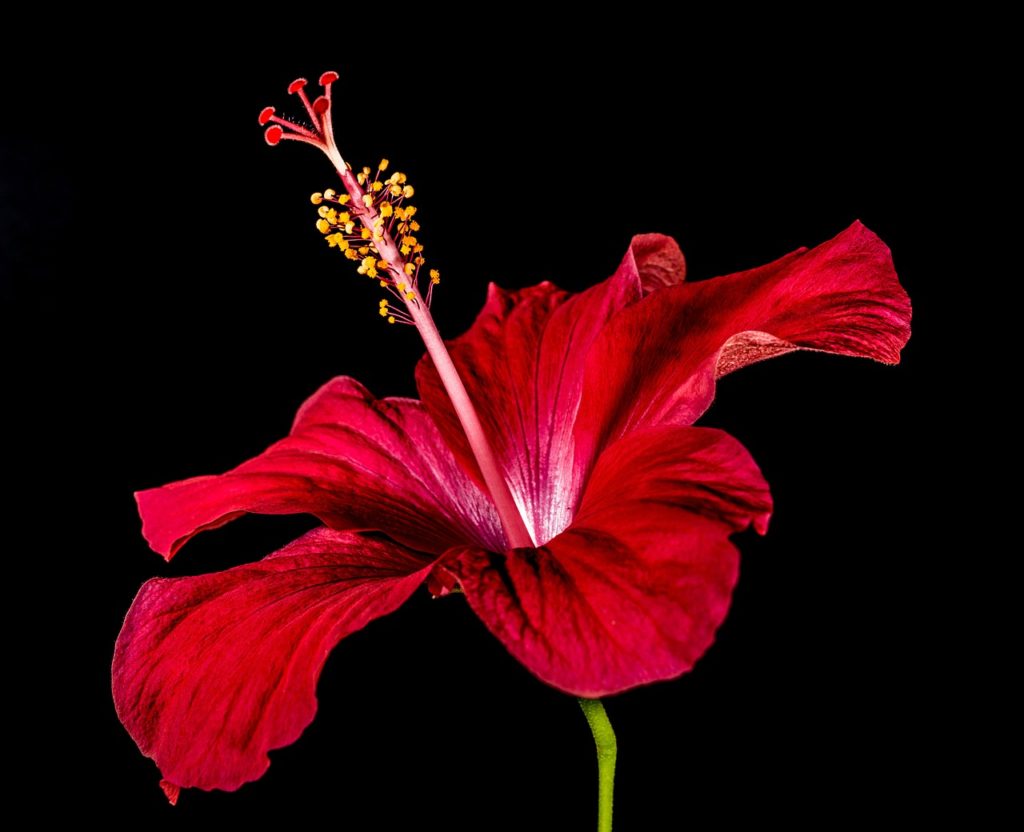
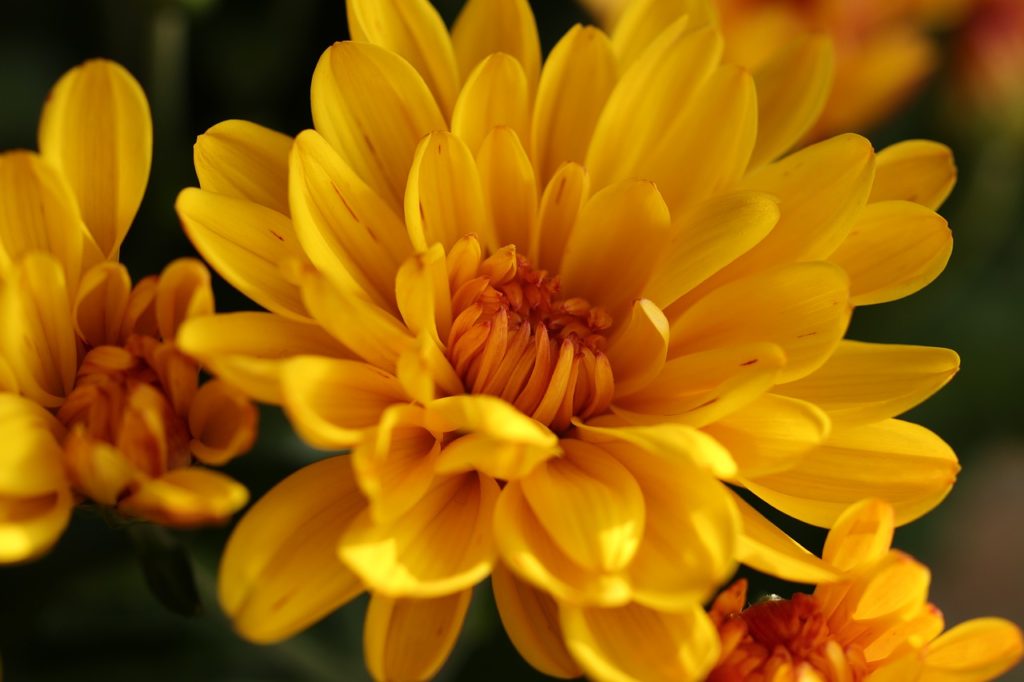
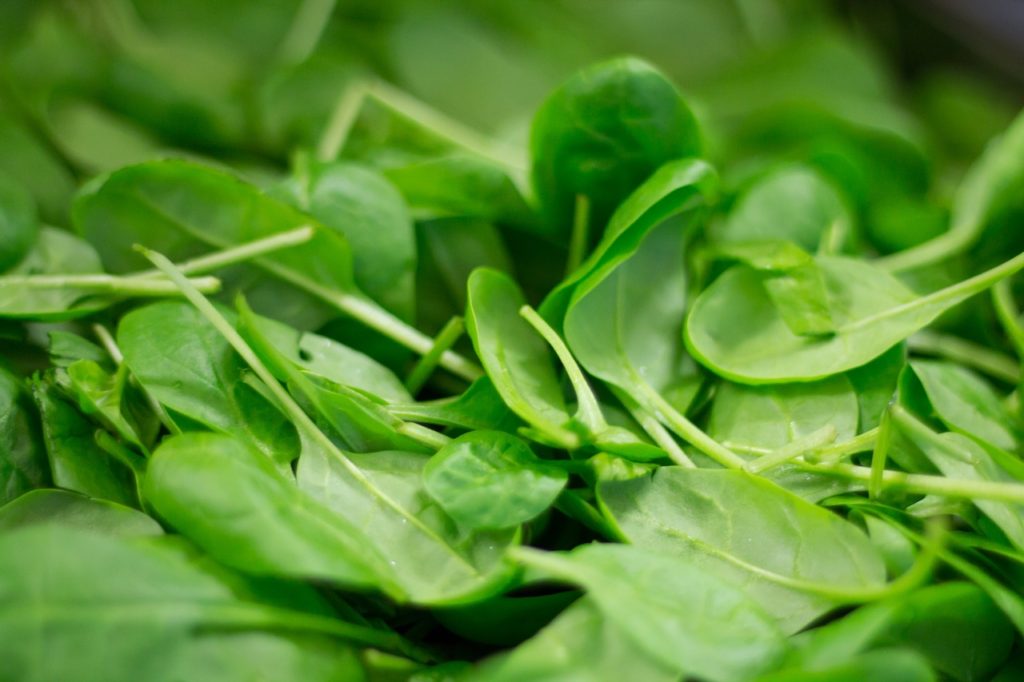
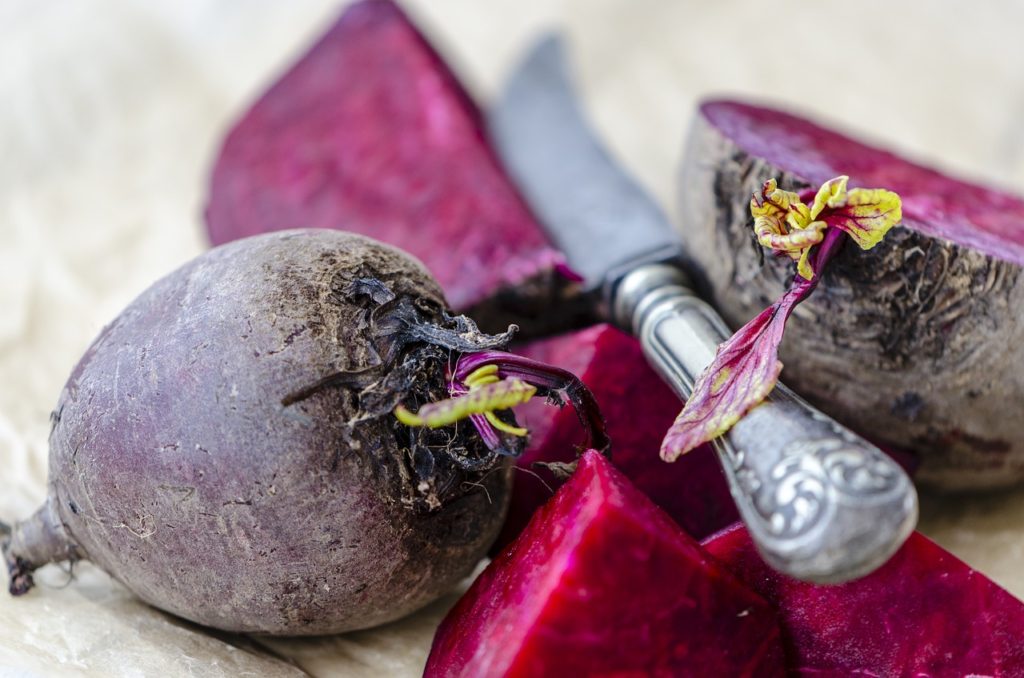
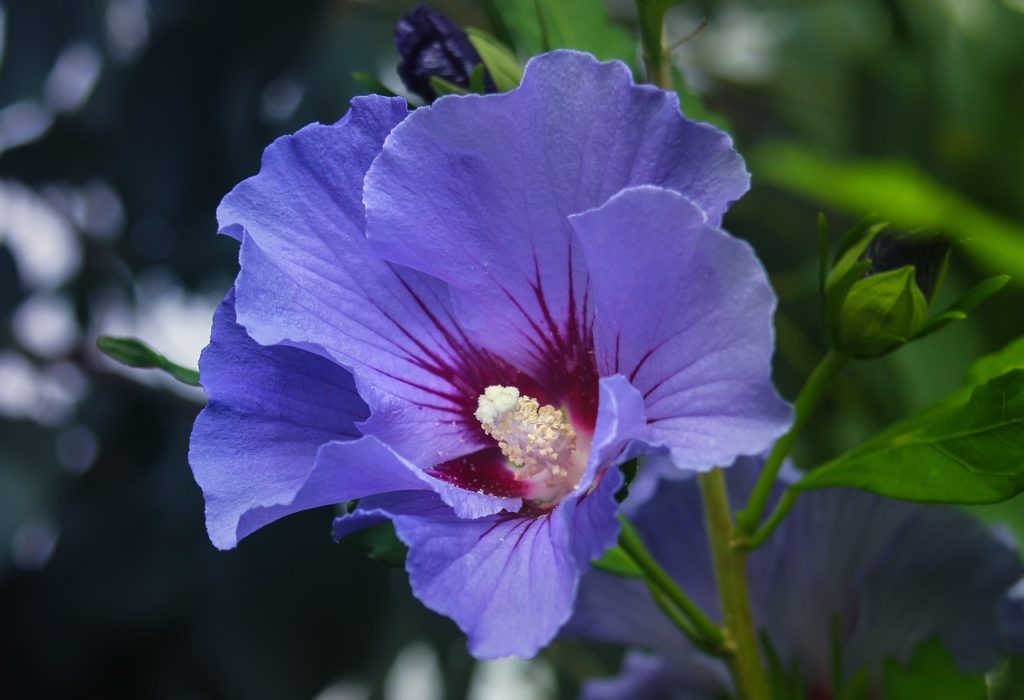
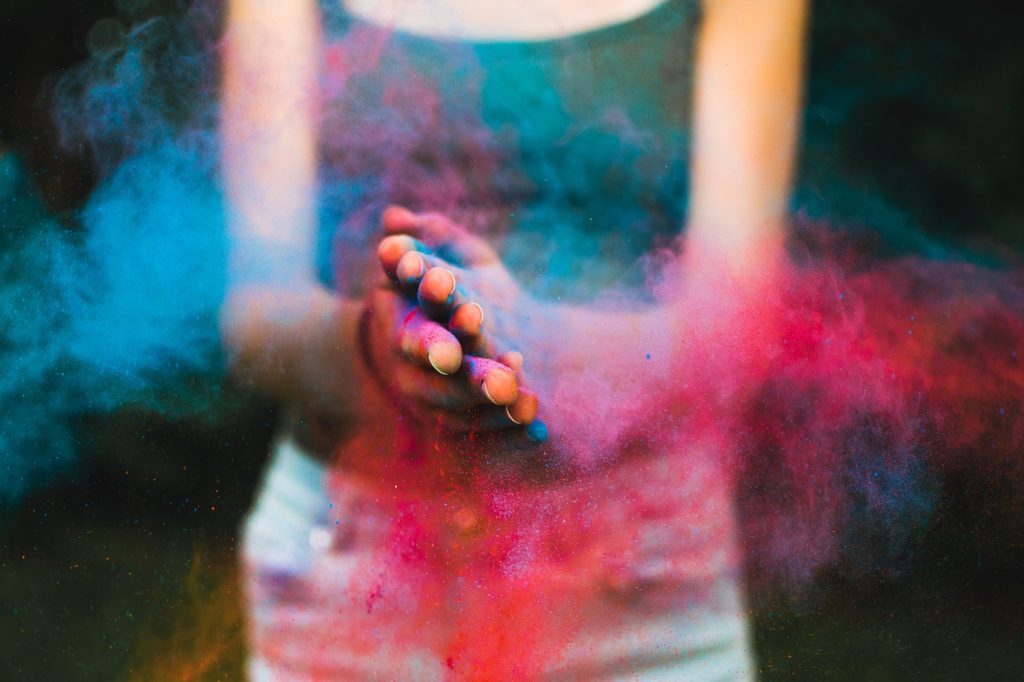





Post a comment